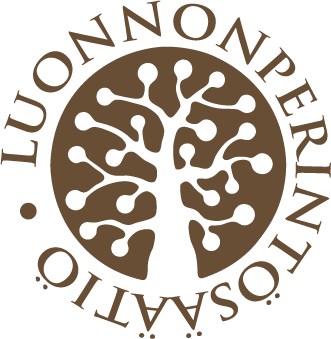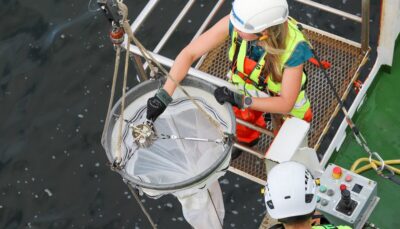Suokeidas – From peat production to diverse wetlands
Peat production areas that have been used for peat extraction continue to produce climate and water emissions even when they are no longer in use. In the Suokeidas project, we will be reducing greenhouse gas emissions from disused peatlands, reducing nutrient runoff into the Baltic Sea, and increasing biodiversity by restoring peat production areas to their natural state as mires and wetlands.
Funding:


More information:
Project steering group:
Chairperson Tarja Väyrynen, Oulun Energia
Paula Alho, ELY Centre
Tarja Bergman, City of Rovaniemi
Samuli Joensuu, Tapio
Anna-Kaisa Ronkanen, Syke
Eeva-Stiina Tuittila, University of Eastern Finland
Ulla Rosenström, John Nurminen Foundation
Jouni Rauhala, ELY Centre
Disused peat production areas put a strain on the Baltic Sea and accelerate climate change
Peat production areas are mires that have been dried to enable peat extraction. When mires are dried, the peat starts decomposing, and this process produces considerable greenhouse gas emissions that accelerate climate change. At the same time, the nutrients and turbidity-causing humus in the peat are washed into waterways and the Baltic Sea. This leads to more turbid water in surrounding lakes and an even more eutrophic sea.
Finland is aiming to halve its use of peat in energy production by 2030 and to be carbon neutral by 2035. In order to achieve these goals, peat production is being quickly wound down.
Not all existing peat production areas will be fully utilised, so a thick layer of peat may be left on the surface. The drying peat in ditched peatlands will continue to decompose even after peat production ends, resulting in considerable emissions into both the atmosphere and waterways.
These emissions can be controlled by re-wetting areas that have been used for peat extraction. Re-wetting will help them return to their natural state more quickly, reduce water emissions, and gradually transform these areas into carbon sinks for long-term carbon storage.
From peat production areas to wetland oases
The Suokeidas project aims to turn the development of decommissioned peat production areas back into peat-generating ecosystems. Two peat production areas in the municipality of Ranua, Karsikkosuo and Raakunsuo, will be restored as mire and wetland ecosystems. Restoration measures were already implemented in Karsikkosuo at the end of 2024. A structure mimicking the rims of the aapa mire has been created in the dry northern part of the mire. The peat is shaped as a ‘staircase’, which ensures the re-wetting of all parts of the mire, and the start of the restoration of the mire vegetation. Two bottom dams were made in the southern part of the area to raise the water level and expand the existing wetland in the southern part.
Restoration measures will be carried out at Raakunsuo by the end of 2025. The goal is to divide the area in a way that ensures as much of it as possible becomes rewet. Raakunsuo has many springs, which creates favorable conditions for its rewetting.
Wherever possible, water will also be directed to these areas from border ditches and forest ditches. Mires retain nutrients and humus from the water that runs through forest ditches, which means they purify runoff water.
Karsikkosuo is a former peat production area that was in use in 1995–2018, while peat was produced in Raakunsuo in 2002–2020.
The project will restore a total of 200 hectares of bogland that has been used for peat production, including its edge zones. Additional sites will also be investigated for potential restoration, and negotiations on their acquisition will be held.
Suokeidas is being jointly implemented by the John Nurminen Foundation and the Finnish Natural Heritage Foundation. The John Nurminen Foundation is responsible for planning and implementing restoration. The Finnish Nature Heritage Foundation will acquire the land areas and apply for a permanent conservation ruling under the Nature Conservation Act. This will ensure that these areas will continue to be protected as bio-diverse mires in the future, thereby enabling them to act as carbon sinks.
In addition to benefiting the climate and waterways, the restoration of peatlands can also increase biodiversity, as the areas once again form bio-diverse bog ecosystems that retain carbon. The project also offers replacement business opportunities for machinery entrepreneurs, and will help to support their employment when peat production ceases.
After the restoration measures have been implemented, the project will monitor the quality of runoff water, the return of vegetation, and the surface area of the pools of water that form.
The project is funded by EU’s Just Transition Fund, JTF.
In cooperation with

Hankkeeseen liittyvät uutiset
Haluatko pysyä kartalla Itämeren tilasta?
Tilaa uutiskirjeemme ja kuulet ensimmäisenä Itämeri-aiheisista tapahtumista, säätiön hankkeiden etenemisestä, merellisistä julkaisuista ja muista kiinnostavista sisällöistä.


